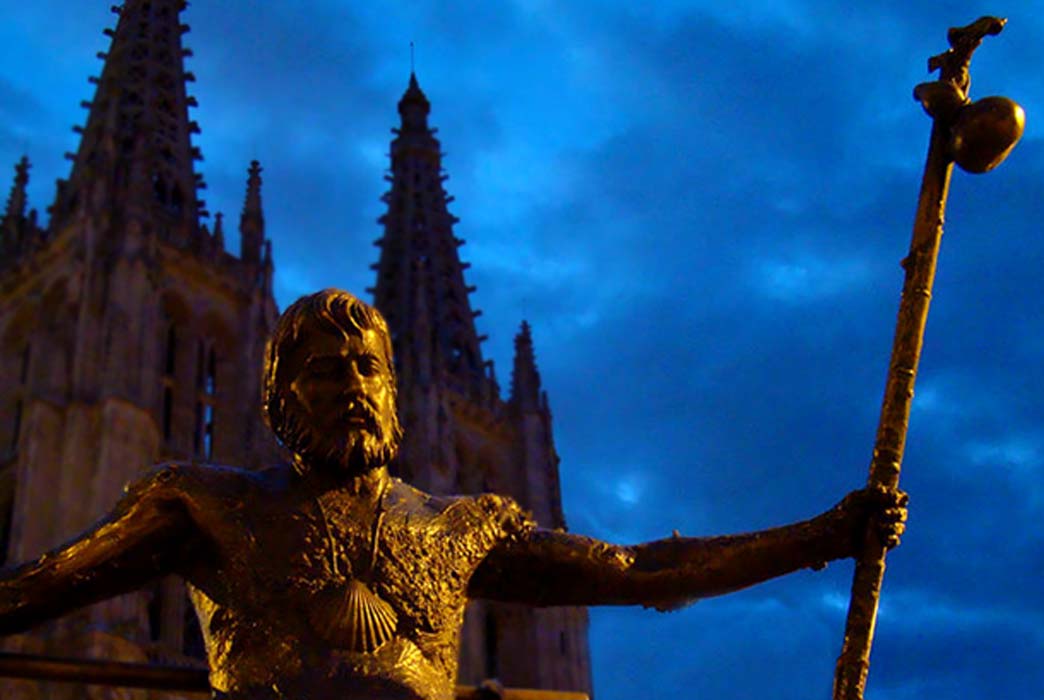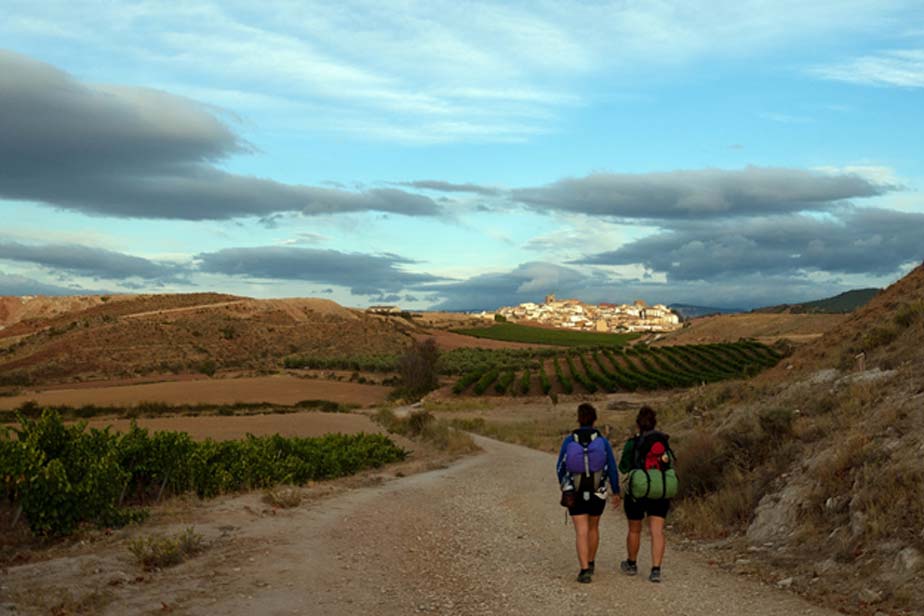
Following Symbols and the Bones of a Dead Sorcerer: Mysteries of the Camino de Santiago – Part II
The popular 500-mile-long pilgrimage road, the Camino de Santiago (specifically the French Way that leads from the French Pyrenees across northern Spain to Santiago de Compostela) seems like a straight-forward Christian pilgrimage, but mysteries abound. The Catholic Church insists it is a medieval pilgrimage route that ends at the tomb of the first martyred apostle, Saint James the Greater (Santiago, in Spanish). However, many people believe that hidden beneath this apparently Christian trail is something else—a pilgrimage route that is much older, longer, and pagan.

Modern pilgrims along the Camino de Santiago (Staffan Andersson/Public Domain)
In Part One we began exploring the history of the ancient route:
Where does the pilgrimage end (at Santiago or at Finisterre on the Atlantic coast)?
Is it actually a pre-Christian pilgrimage route?
But questions remain, such as:
Who is really buried in the crypt in the cathedral (St. James or the fourth-century martyred heretic Priscillian)?
And—what is the significance of the scallop-shell symbol of the pilgrimage?
Megalithic Stones, Solar Altars and Pagan Sites
First, where does the pilgrimage end? Although medieval pilgrims may well have continued from Santiago de Compostela to Finisterre, reaching Finisterre was not the goal of the Camino de Santiago. Contemporary guidebooks and tourism campaigns encourage modern pilgrims to continue to the Atlantic coast and the setting sun, which is a worthwhile activity—but historically, the pilgrimage objective was to reach the burial place of Saint James the Greater, supposedly found in the cathedral in Santiago de Compostela. Finisterre (its megalithic stones, its Roman solar altar) may well have been an important pre-Christian site, and a local saint’s hermitage is documented as a place of medieval Christian pilgrimage—but these are different from the pilgrimage to Santiago de Compostela.




